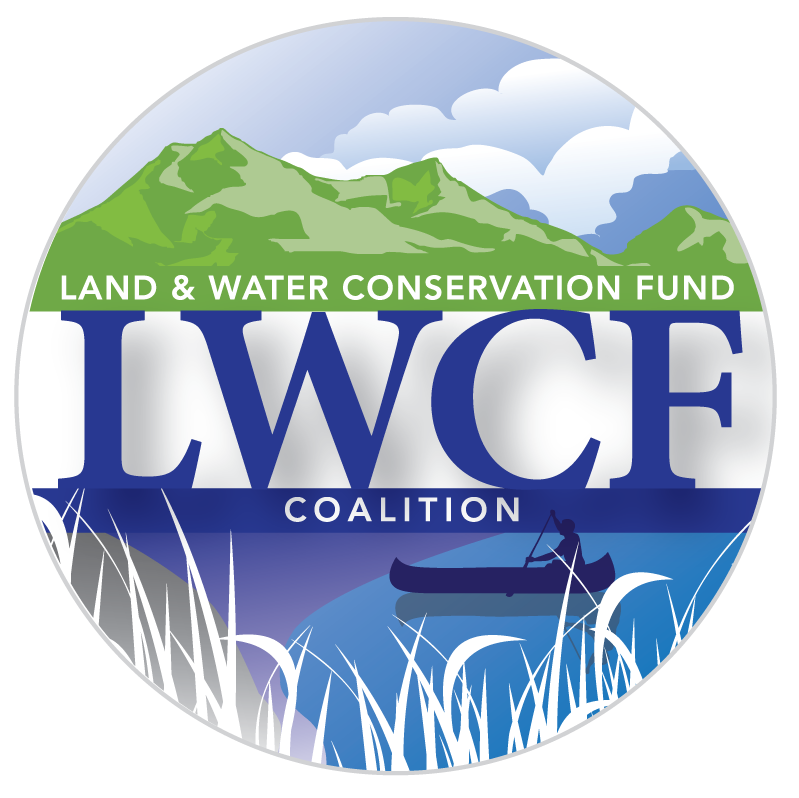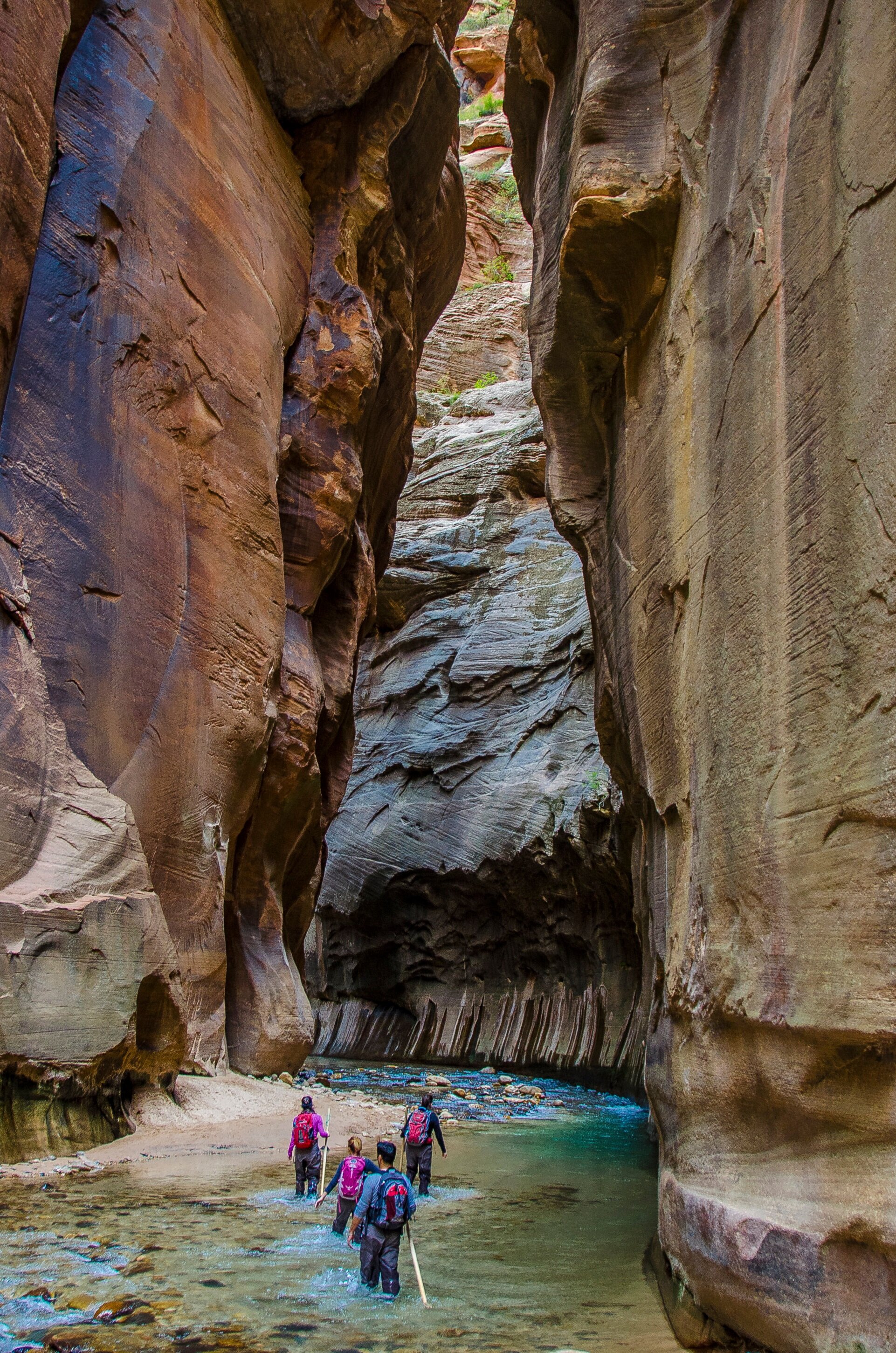Public Access Into Zion National Park Permanently Protected BY LWCF
For 16 miles, hikers weave their way down the Zion Narrows Trail as it follows the Virgin River through one of the most iconic spots in Zion National Park. The hike covers difficult rocky, narrow terrain; however, up until recently, that wasn’t the greatest challenge to completing the trail. Just last year, hikers were greeted to a sign reading: “Permission to Pass Subject to Trespassing Fee,” “For Sale By Owner. Own Over 1 Mile of the Zion Narrows,” and “880 Acres with Water and Resort Potential.” This came as a great shock to many who assumed the trail was protected for public use, but a dispute with the landowner who had previously always allowed access, led the National Park Service to stop issuing permits for the trail. The Land and Water Conservation Fund (LWCF), America’s most important conservation program used to protect this type of land from private development, had recently expired and the gateway to Zion National Park was at real risk of being home to a resort or trophy home.
Hikers Head up the Narrows/Adam Matsumoto
Fortunately, there was a happy ending for both the Zion Narrows Trail and for LWCF’s months-long expiration: The Trust for Public Land (TPL) has a long history of working with local landowners and the National Park Service to protect the Narrows including successfully protecting the Zion Narrows trailhead in 2013. When the “No Trespassing” signs went up in 2018, TPL began negotiations with the landowner to identify a solution that would protect the private property rights, while ensuring public access to the iconic trail.
Congress permanently authorized LWCF earlier this year, meaning the program will never expire again, ensuring access to public lands across the country, and preventing the type of development that was threatened along the Zion Narrows Trail. And just a few days ago, TPL announced a deal to use LWCF funds through the Forest Legacy Program, to permanently preserve Simon Gulch, the last unprotected section of the trail. This investment guarantees permanent public access to the entirety of the Zion Narrows Trail, and ensures that the 880 acres of dramatic lands on the canyon rim adjacent to the park boundary will remain undeveloped.
Zion Narrows Trail Map/TPL
However, there is much work still left undone. There are countless beloved places at risk across the country, just like the Zion Narrows Trail. Most people don’t realize there is a significant amount of privately-owned land in and around our national parks, forests, and wildlife refuges that is at risk of development. Known as inholdings and edge holdings, these properties can also make management challenging and affect visitor experience by creating unsuitable development or blocking public access. According to recent research from The Theodore Roosevelt Conservation Partnership, access to 9.52 million acres of public land is blocked by private land, including 264,000 acres in Utah. The need is also realized by state and local municipalities that rely on Stateside LWCF grants to build ballfields, playgrounds, and close to home parks. The National Park Service's last LWCF report detailed a state and local park project backlog of $18.5 billion.
Meanwhile, Congress is leaving town this week after passing an appropriations bill that includes $495 million for LWCF projects like this one, but that is barely more than half the amount the fund is supposed to receive. As authorized by Congress, $900 million is deposited in the LWCF account every year. However, since the program’s inception, Congress has diverted $22 billion from the fund for non-conservation purposes. Congress must act to protect its future—and the future of places like the Zion Narrows Trail— with full, permanent funding for the Land and Water Conservation Fund.
When they return in January Congress should immediately consider the LWCF Permanent Funding Act, legislation that will ensure that LWCF funds are used for their intended purposes: to acquire and protect natural areas and to make grants to states to provide outdoor access and recreation opportunities.
Looking Upriver Toward the Narrows/Alan Levine



